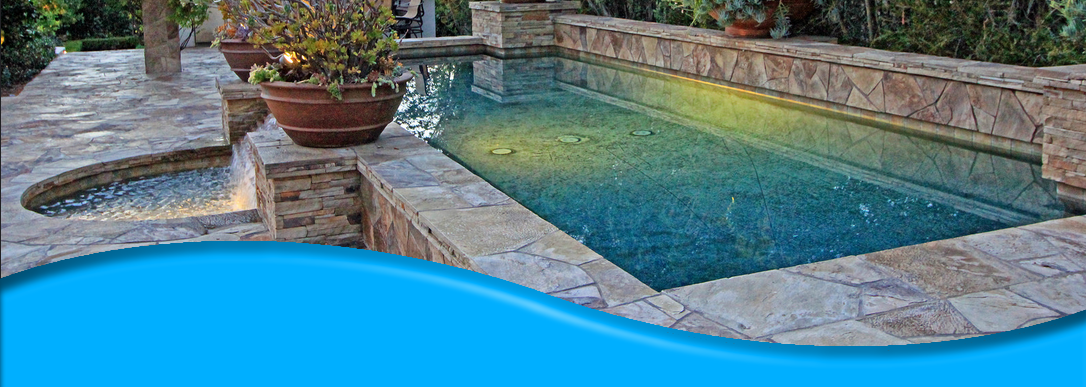The importance of consistency
- Nick Young

- Apr 25, 2018
- 3 min read
Today I wanted to talk about one of the most important aspects of maintaining a pool, spa or fountain, consistency. While some might assume chlorine is the most important aspect of maintaining clean, healthy water (and it is important), consistency is by far the #1 thing. "But chlorine keeps the water clean and safe", you might be saying to yourself. This is true, but I'll explain why consistency is more important, and directly ties into the chlorine level and safety.
Our example will be a pool that is used once per month and we want a chlorine level of 2ppm for the swimmer to be safe. Keep in mind, the goal of maintaining the pool is keeping it safe to use anytime some one wants to swim. For the sake of this example we will say everything else is where it should be (conditioner, phosphates, filter pressure, etc). Chlorine levels tend to drop at a rate of about 1ppm per day when not using tablets, and will drop slower depending on how many tablets are used. Tablets tend to dissolve at a rate of about 2 per week.
Now that we have that out of the way, let's say we have a person that checks the pool once a month. In order to maintain a safe chlorine level (2.0ppm) over the course of the month, what would need to be done? Well if we go to the extreme and say the person checks and adds the chemicals on the 1st, but swims on the 30th, we need to make sure the chlorine we add on the 1st will last for 30 days. If they do not use tablets, they will need to add 32ppm of chlorine on the 1st. This means the pool is not safe to use for the majority of the month due to the high chlorine levels. The other possibility is that they add 3ppm of chlorine on the 1st and it becomes unsafe to use in less than a week, which we will discuss later.
Now lets use the same example, but this time they do use tablets. The exact same issues would occur. They would need to add 11 tablets to ensure there is always the equivalent of 1 tablet in at all times (by the end of the month). The problem with this is that the tablets are all dissolving all the time. This means the chlorine level would increase to an unsafe level until enough have dissolved that the chlorine loss outweighs the increase. This is also bad because tablets contain conditioner and high levels of conditioner can damage equipment.
As I mentioned before, the other thing to consider when maintaining the pool monthly is, what if they don't add enough chlorine on the 1st to get through the month? Well, not only will the water not be safe for use within a week or so, but also, once the chlorine level gets to 0 and isn't treated quickly, the problem grows exponentially. Keeping in mind that over the course of the month debris is building up, and with a lack of chlorine, the debris will cause ammonia to build up in the water. Ammonia neutralizes chlorine at a rate of about 10 to 1. Meaning, if in 1 week of no chlorine you get 1 ppm of ammonia, you now need 12 ppm of chlorine to get the 2ppm needed to make the water safe, and that is if the problem is caught in time. If the water isn't tested for 3 more weeks, you will now have 3-8ppm of ammonia which will cause a swampy pool (pictured below), require 32-82ppm of chlorine and could lead to the water needing to be drained.
Finally, we will discuss the ideal way of maintaining the pool and why. If we take into account the speed the tablets dissolve, the speed that chlorine dissipates and combine them, we find the ideal frequency of maintenance is about 1 week. This is because we can get the initial level up to 3ppm, use a few tablets and have the water maintain a safe level for the entirety of the week. This also allows the debris in the water to be removed regularly, preventing ammonia build up and also reduced the need for a high number of tablets which prevents excess build up of conditioner. Doing little things on a weekly basis keeps the water clean, clear and safe. In short, consistency gives the swimmer a better, safer, experience.









Comments